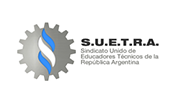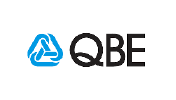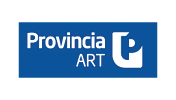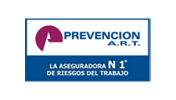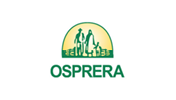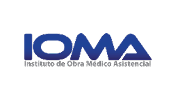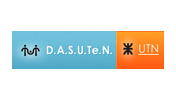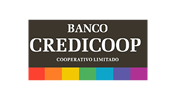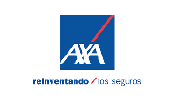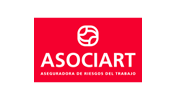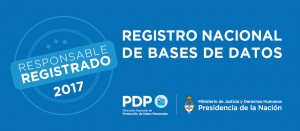When you recognize your employer is struggling, you can take steps to either demonstrate your worth or seek employment elsewhere. Financial models use the trends in the relationship of information within these statements, as well as the trend between periods in historical data to forecast future performance. Often, the first place an investor or analyst will look is the income statement. The income statement shows the performance of the business throughout each period, displaying sales revenue at the very top. Determining individual financial ratios per period and tracking the change in their values over time is done to spot trends that may be developing in a company.
Understanding profitability ratios and putting them together can be exhausting and very complicated at times. Constant regulatory changes and increased transparency demands from investors continuously slows down operations of in-house financial administrations. Without proper investment in staffing, equipment, office space, and training, you can’t expect timely and accurate reports from your financial department. If you want to know the accounting value of the shareholders’ stake in the company, this is the way to do it. Book value is made up out of contributed capital by shareholders over time and total gross profit made by the company. The cash flow statement reconciles the income statement with the balance sheet in three major business activities.
What Are the Main Types of Financial Statements?
The bank also ensures that all liabilities, such as mortgage and credit card debt, are appropriately disclosed and fully valued. The total value of all assets less the total value of all liabilities gives your net worth or equity. The company’s balance sheet can evaluate as the statement of financial position for the financial year ending on December 31, 2021. It is best known as the balance sheet and represents an undertaking’s financial position on a particular day, the last day of the reporting period. It portrays the unfiltered financial position of a company wherein one can identify whether the company is making a profit or loss.
- A number of software products are available that incorporate GAAP and make this job relatively simple, provided you understand the basic concepts we’re about to explain to you.
- In general, both internal and external stakeholders use the same corporate finance methodologies for maintaining business activities and evaluating overall financial performance.
- Suppose that we are examining the financial statements of the fictitious publicly listed retailer The Outlet to evaluate its financial position.
If you aren’t sure which course is the right fit, download our free course flowchart to determine which best aligns with your goals. If you’re an entrepreneur or business owner, you need to know how your company is performing for several reasons. Having a clear picture of financial health can help you make more informed decisions about your organization’s direction and how resources are allocated. Similarly, if you plan to attract investors or seek financing, you need to speak to your business’s financial health.
It shows its assets, liabilities, and owners’ equity (essentially, what it owes, owns, and the amount invested by shareholders). A bank statement is often used by parties outside of a company to gauge the company’s health. Both assets and liabilities are displayed as either current or non-current on the balance sheet, indicating whether they’re short- or long-term. Short-term assets are those expected to be converted to cash within a year, while long-term assets are those not expected to be converted into cash within a year. Short-term liabilities, on the other hand, are those which are due within a year; long-term liabilities are not due within a year.
Accounting is a back-office function where employees may not directly interface with customers, product developers, or manufacturing. However, accounting plays a key role in the strategic planning, growth, and compliance requirements of a company. The Alliance for Responsible Professional Licensing (ARPL) was formed in August 2019 in response to a series of state deregulatory proposals making the requirements to become a CPA more lenient. The ARPL is wave money company profile a coalition of various advanced professional groups including engineers, accountants, and architects. Upgrading to a paid membership gives you access to our extensive collection of plug-and-play Templates designed to power your performance—as well as CFI’s full course catalog and accredited Certification Programs. Today, investors quickly flip to this section to see if the company is actually making money or not and what its funding requirements are.
Three Financial Statements
No, all of our programs are 100 percent online, and available to participants regardless of their location. Harvard Business School Online’s Business Insights Blog provides the career insights you need to achieve your goals and gain confidence in your business skills.
Market Value Ratios
For example, an increasing debt-to-asset ratio may indicate that a company is overburdened with debt and may eventually be facing default risk. Any assets or liabilities that are expected to extend beyond the next year fall into this category. For many companies, these would include plant equipment, property, total operating expense, and general needs for running the business. Borrowings and leasing contracts for plant and equipment can also be considered as long-term liabilities. Many investors consider the cash flow statement the most important indicator of a company’s performance. Financial statements are also read by comparing the results to competitors or other industry participants.
How to Analyze Financial Statements
Even when analyzing audited financial statements, there is a level of trust that users must place in the validity of the report and the figures being shown. For example, some investors might want stock repurchases while other investors might prefer to see that money invested in long-term assets. A company’s debt level might be fine for one investor while another might have concerns about the level of debt for the company. In some cases, you may need to undertake a fairly detailed financial analysis because you are looking for additional capital in the form of loans or investors.
My Accounting Course is a world-class educational resource developed by experts to simplify accounting, finance, & investment analysis topics, so students and professionals can learn and propel their careers. The preparation and presentation of this information can become quite complicated. In general, however, the following steps are followed to create a financial model. These three core statements are intricately linked to each other and this guide will explain how they all fit together. By following the steps below, you’ll be able to connect the three statements on your own.
For this reason, the balance sheet should be compared with those of previous periods. Knowing how to determine the financial health of a company is a vital business skill. Obviously, internal management also uses the financial position statement to track and improve operations over time. A free best practices guide for essential ratios in comprehensive financial analysis and business decision-making.
Fundamental analysis using financial ratios is also an important set of tools that draw their data directly from the balance sheet. The term balance sheet refers to a financial statement that reports a company’s assets, liabilities, and shareholder equity at a specific point in time. Balance sheets provide the basis for computing rates of return for investors and evaluating a company’s capital structure.
The balance sheet, together with the income statement and cash flow statement, make up the cornerstone of any company’s financial statements. The balance sheet includes information about a company’s assets and liabilities, and the shareholders’ equity that results. These things might include short-term assets, such as cash and accounts receivable, inventories, or long-term assets such as property, plant, and equipment (PP&E). Likewise, its liabilities may include short-term obligations such as accounts payable to vendors, or long-term liabilities such as bank loans or corporate bonds issued by the company. Financial statements are the ticket to the external evaluation of a company’s financial performance. The balance sheet reports a company’s financial health through its liquidity and solvency, while the income statement reports a company’s profitability.










